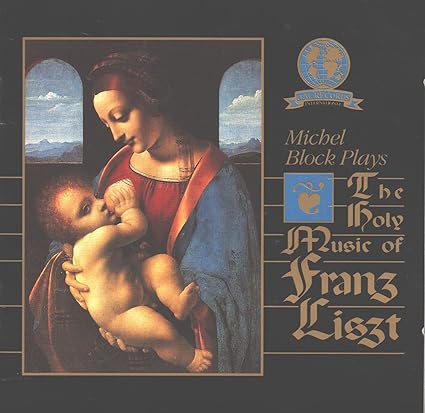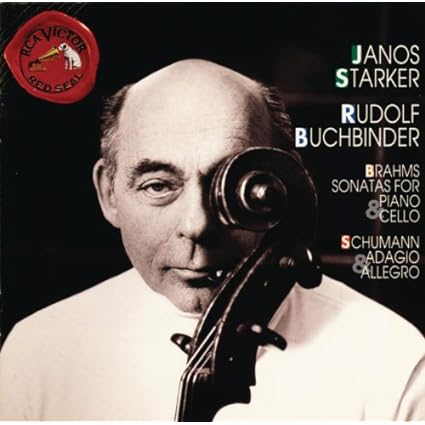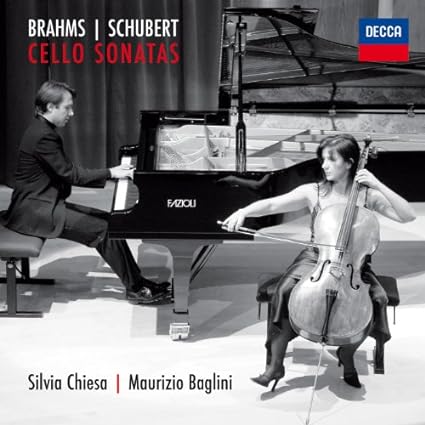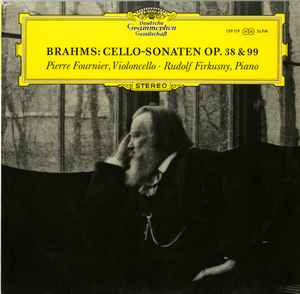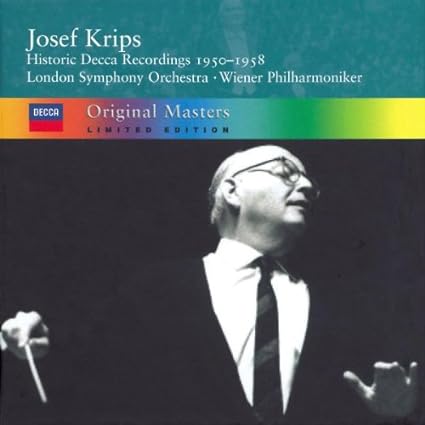Todd A
pfm Member

From FFG to another of today's great pianists, Herbert Schuch. Schuch's overall tempo choice is middle of the road, but his playing is not. He opens with a measured and beautiful Moderato, which while not quite as intimate as FFG's, starts introspective before moving to a more outward, ecstatic expression in the climax. Schuch then plays the rest of the section with a lightly joyous sound, letting the music fade away. After a nice pause, he starts in on the lovely Andante, which Schuch presents in a sort of episodic manner, which he also ends by letting the music fade away. Similar to FFG, he starts the Piu sostenuto section with a sound that is more elevated than what came before. The rolled chords are almost impossibly beautiful as he builds up to the climax, and he adopts a notably quicker tempo here, again opting for an ecstatic approach. The right hand runs are flowing, effortless, lovely, ethereal. The last part of the piece is all about heavenly sounding music, but it is different from FFG. It is somehow purer, more innocent, yet exultant. Yeah, this one's pretty darned good, too.
This site contains affiliate links for which pink fish media may be compensated.





